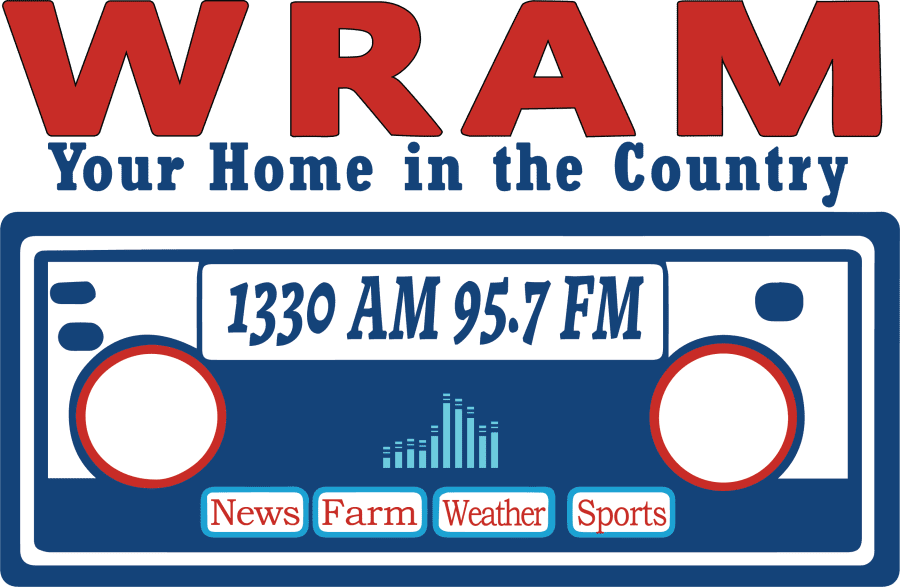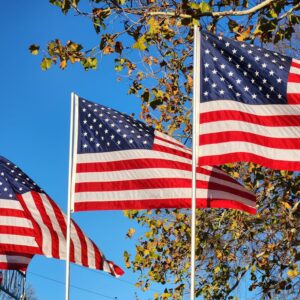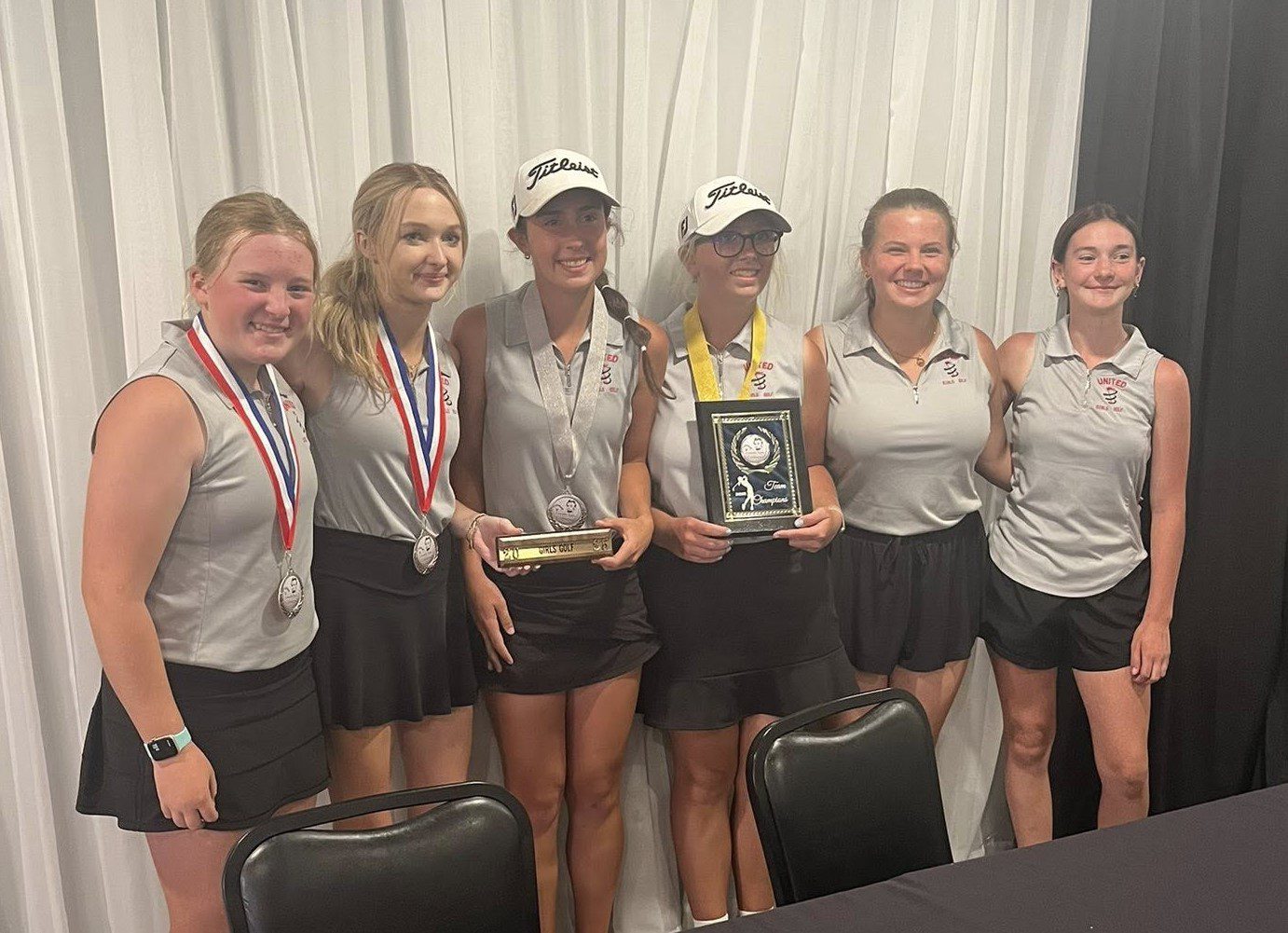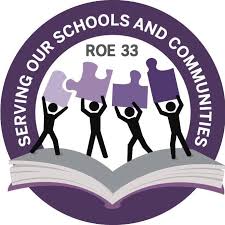By Thomas Best
Last week I described how I had received a book for Christmas from my step-daughter, Heather, entitled: “The Lost Continent: Travels in Small-Town America,” by Bill Bryson. If you were listening, you learned that Bryson, who once called Des Moines, Iowa home, had created a humorous and, somewhat, sarcastic appraisal of life in small-town America, especially regarding our own Midwest.
This week we are going to begin a trek down a more scholarly path, from the perspective of South Dakotan historian, Jon K. Lauck, with his new book, “The Good Country: A History of the American Midwest from 1800-1900.” George Will, the long-time political pundit, described Lauck’s work as redressing the imbalance of American history which typically overlooks the influence of middle America. Lauck, importantly, values the importance of the Midwest as a major player in expanding our democracy, along with influential educational, literary, and artistic movements.
The geography teacher in me has to preface this talk with a physical and political definition of what defines the “Midwest.” Specifically, lets carve out Ohio, Indiana, Michigan, Illinois, Wisconsin. These are the “Great Lakes” States as a subregion. But, now, let’s also include the Plains and Great Plains states of Iowa, Missouri, North and South Dakota, Nebraska, and Kansas. In case, you think I forgot a state—let’s include Minnesota as a transition state between the Great Lakes and the Plains.
Next, there are various defining elements which defines the social/cultural sense of being a “Midwesterner.” Midwesterners are stereotypically, but with some veracity, politically conservative. We hold traditions and values shaped within both our agrarian society and urban working-class neighborhoods. There is also the pervasive concept of known as: “Midwest nice.” Specifically, we eagerly assist strangers locate addresses, return carts for struggling shoppers in parking lots, and pick up trash while hiking.
However, we are also not so much culturally copycats as outsiders might think. We sometimes evoke contradictions or surprises. Many people who have grown up outside the land of state fairs with butter cows and funnel cakes don’t realize that one of the most influential venues of literary discovery and training in our nation is not centered at Greenwich Village or some Ivy-League institution. Instead, come to Iowa City and that progressively-oriented city’s university Iowa Writer’s Workshop. Trained in this school are alumni ranging from novelist and screenwriter John Irving, “The Field of Dreams Author” WP Kinsella, Rita Dove, the nation’s first African American Poet Laureate. and a host of international authors and poets from Ireland, India, Peru, and Vietnam to China.
Yet, today, I want to particularly zero in on the democratic origins and political influence of the Midwest, a common theme throughout Lauck’s introductory pages and history. Lauck emphasizes the value of the Midwest as an incubator for “democratic vigor, cultural strength, racial and gender progress, and civic energy.” This was the frontier in the early 19th century when the first settlers initially scoffed at what they regarded as “Old World Privileges.” Instead, they forged their own political status and opportunities along the lush river valleys and lands bordering the Great Lakes.
Midwesterners, likewise, assisted in forging an “American character.” Indeed, this is the region where Thomas Jefferson’s “Northwest Ordinance” created a framework for expanding the idealism of our “American experiment” into new states—including our own Illinois. In this opportunistic legislation, federal powers mixed with the opportunity for new settlers to equally develop their own democratic institutions, afford new citizens voting rights, pay for expanded public education through land sales, provide for broader land ownership (think of our checkerboard pattern of land ownership with townships), thwart the expansion of slavery, and practice strongly voiced personal rights ranging from religious freedom to the right to a trial by a jury of their peers. Moreover, hard work and ingenuity laid the economic groundwork for the fastest growing regions of America. Such traditions inspired farm associations to advocate for more free and fair trade for of farmers. Equally, labor unions bargained for greater job protections. This region’s settlers, where 90% of its residents were literate by 1860, were focusing on “uplifting” the intelligence and morality of its people. Such improvements were born amidst a plethora of competing newspapers and publishing companies printing books and pamphlets praising everything from temperance to the female franchise (Cincinnati, for instance, had 43 bookstores in 1860). Meanwhile, culturally-oriented opera houses, lecture halls, libraries, museums, philanthropic centers, and publicly funded schools and a growing number of diverse private and public colleges, like our own Monmouth College, were created. Think here of the rise of what were first labeled “female fraternities,” and then became some of the earliest sororities in the U.S. associated with Pi Beta Phi and Kappa Kappa Gamma at our own Holt House and Stewart House.
But while affording diverse populations of native citizens and European immigrants a greater sense of egalitarianism (for instance, Ohio was our nation’s most diverse state in 1850), this is also the same region which removed Native Americans from its lands through warfare and unfair treaties. And although this region sought peace beyond the embattled eastern shores hosting the American Revolution; yet, they found themselves embroiled in the western fighting of the War of 1812; and later, caught up in the bloody partisan battleground of antebellum America and our bloody Civil War. While the “credo” of the Midwest in the 1850s was “free soil, free labor, free speech, and free men”—an honorable goal, partisan divisions within our counties in western Illinois in the era of the Civil War turned frightening. I have read in contemporary newspapers of the 1860s about Union soldier’s funerals where Unionists brought fire-arms to such committal services lest “Copperheads” (those opposed to Lincoln’s expansion of federal powers in wartime) showed up, as was threatened, to illustrate their own political show of dissent against the tyranny they saw in Lincoln’s prosecution of the war. Let’s also not forget violence in western Illinois at the Swedish settlement at Bishop Hill over leadership of the community or that which forced out Brigham Young and his followers out of Nauvoo and on to Utah. Our history informs us that our sense of religious tolerance went only so far.
But please remember that amidst such turmoil that we have also remained forthright pragmatists and the “pitch-in” types when something has needed to be done to benefits our fellow citizens. Be it sandbagging in Oquawka along the Mississippi River or neighbors from nearby farms showing up with their own combines to assist the harvest of a ailing fellow farmer. We don’t ask about their politics, we just pitch in.
Thank you for your interest. Next week I will continue with my appraisal of life in the Midwest.













